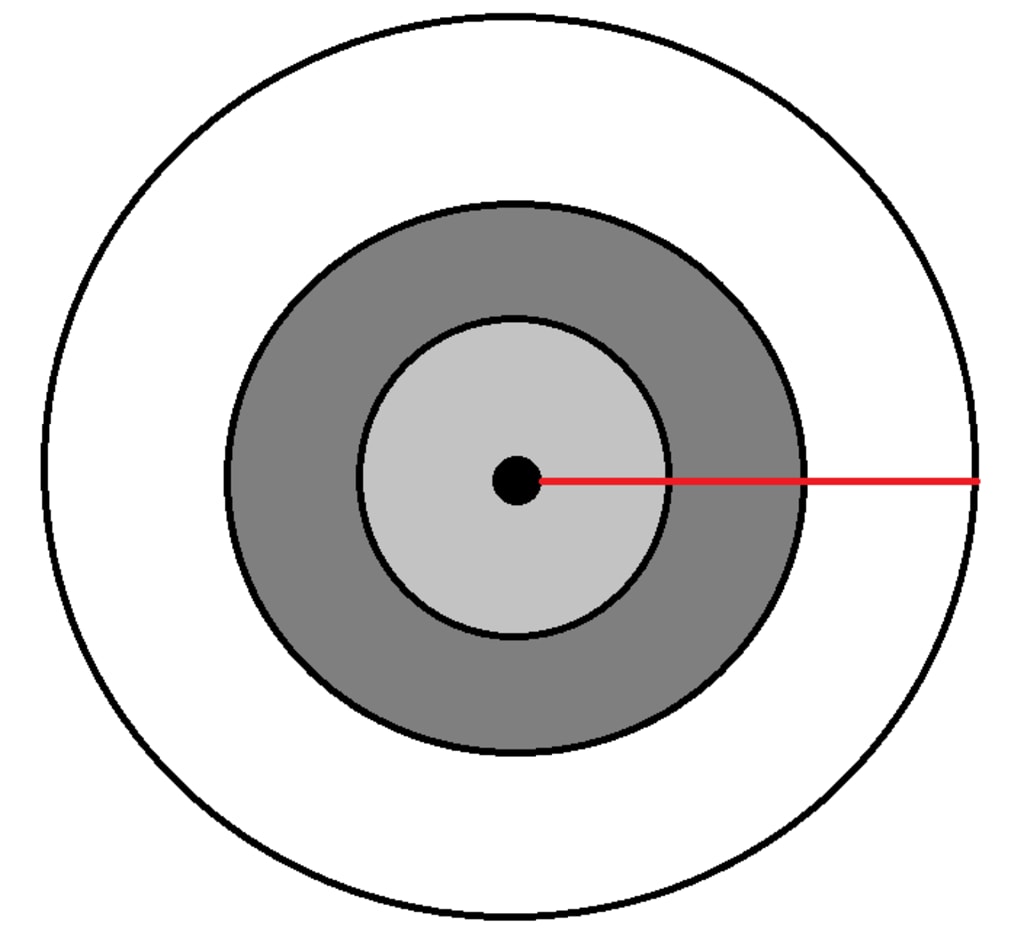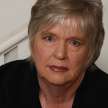
The time is January 1993. I am sitting at the kitchen table of a friend in her home in a small town in the Northwest Territories of Canada. Her eyes darken with concern as she looks at me.
“ I’m worried about you, Gail. Ever since I met you, I thought that you were the strongest woman I had ever encountered. But this morning the strength is missing. You appear as fragile as a butterfly. I feel like I could destroy you completely with one swat of my hand. And yet,” she paused for a moment as the concern in her eyes intensified, “deep within, your core continues shining brightly. Unbreakable. Unbending. I’ve never experienced anything like this before.”
Her words surprise me because they so vividly describe how I have been feeling for the last few months. My strength was gone. I was falling to pieces. I knew that I was not dealing with my life very well, but I didn’t think that anyone else would be able to see it. In October, I had reached the point of suicide, an absolutely terrifying place to be. I had reached out to my husband for help, only to be told to do whatever I had to do, as he turned and walked away from me. I managed to pull myself back from the brink of death that morning, but in doing so, realized that my marriage of twenty-four years was over. Till death do us part. Through the following months, I knew that I could no longer stay in my marriage, but was torn by the reality that walking away meant giving up my job, my home, and the connections that I had with family members and friends. In the midst of the struggle to make these decisions, I had written to a friend to explain why I was asking to be touched so often. “It’s like pieces of me are flying off in all directions. Your hands help me to feel whole again.” And now, at this table, this friend could somehow see everything that I was experiencing.
I meet this description time and again through the following years. A woman describes feeling shattered, with whole pieces of her self missing, after her husband leaves her for his gay lover and admits that he has been involved in homosexual relationships throughout their marriage. Mia Farrow describes her feelings of “flying off in all directions at once” to Oprah, as her initial reaction to the realization that her husband, Woody Allen, was having a sexual relationship with their adopted child. My brother-in-law admits his confusion: searching for pieces of himself and trying to make sense of his life, after he loses a leg and his eyesight in a hit and run accident. And finally, in September of 2001, as the whole world coped with the reality of the terrorists using planes filled with people as weapons of destruction, these phrases are used by many to explain the personal experience of coping with this trauma.
Searching the current literature on the ‘self’ does little to make sense of these feelings. Many wise words are written about accepting change, nourishing one’s soul, acknowledging our feelings, taking responsibility for our own actions, reaching out to the inner child, making conscious choices rather than using automatic reactions, going through the grief process and finding our true selves, but all come up short when it comes to making sense of the experience of having one’s self “flying off in all directions”. In much the same way as the tale of the six blind men who come across an elephant and try to describe it by touching the trunk, legs, tail and so on, these many elements of being human are limited by dwelling on a specific part, rather than the whole picture. It’s like trying to set a jigsaw puzzle with only a handful of its pieces. We may get to know a facet of the self very well, but are not able to create a whole picture. How can we construct a meaningful picture of the whole?
During the tumultuous weeks and months after I left my marriage, various pieces of advice from caring friends and relatives helped me understand some of what I was experiencing, but until I found something that represented the whole picture, I continued to live in turmoil. Each counselor I approached had a different focus for therapy. They all left me aching for more: for the whole picture, not just pieces. In fact, many of them listened to me describe my life and stated that my ability to see it from so many different angles meant that I was already in good shape. But I knew that I was not, and so I kept searching.
In 1994, I came across a model of the ‘self’ which helped me to visualize a compete picture of who I am as a person, and in time, to explain fully what I was experiencing, not only for myself but for every member of my family, as they were also dealing with the breakup of my marriage in their own individual ways. In 1890, Dr. William James developed a ‘model of self’ which met my needs. Sadly, his work was ignored by the psychological community of that time as they focused on the theories of Sigmund Freud. Today this model is largely unknown in the psychological community. And yet, it makes complete sense of my feelings in 1993 and of the experiences of others that I have mentioned above. This model became the map on which I found my ‘self’ during the nineteen nineties, and made sense of what was happening around me and to me. Over the years I adjusted some of his terminology and added a life line which makes this model more powerful in providing a direction on which to steer my course of life.
In his book, The Principles of Psychology Volume I, William James (1890) describes a theory of self which includes all the facets of humanity. James states:
"A man's self is the total of all that he can call his, not only his body and his psychic powers, but also his clothes, his home, his wife, his children, his ancestors and friends, his reputation and works, his lands and horses and yacht and bank account. All these things give him the same emotions. If they wax and prosper he feels triumphant; if they dwindle and die away, he feels cast down - not necessarily in the same degree for each thing but much in the same way for all."
James goes onto describe the model of self as a series of four different levels, each circling the next, which incorporate everything that makes up each individual person. He named these levels as the pure ego, the spiritual self, the social self and the material self. A simple diagram of the self would appear like this: with the pure ego in the centre, the spiritual self as the dark grey circle, the social self as light grey and the material self as the white ring.

Although this diagram looks very simple at this point, it is actually something that is impossible to draw in full detail. However, it can provide a good representation of the whole ‘self’ when one understands how everything is included.
This model of the self makes sense of the description my friend gave of me back in 1993 for I was indeed in a battle in which I losing pieces of my ‘self’ in all of my levels except for my spirit. By incorporating all of the levels of the ‘self’ into a whole, we can come to a true understanding and acceptance of who we are as individual human beings, how we are unique in this world and how we can learn to truly accept others as they are. It has been a gift for me, like no other.
About the Creator
Gail Wylie
Family therapist - always wanted to be a writer. Have published books on autism. Currently enjoying trying my hand at fiction. Loving the challenges of Vocal. Excited to have my first novel CONSEQUENCES available through Amazon.






Comments (2)
Love the theory and model!!! Wonderfully written identity story. Triumphantly incorporating the four levels!!!💕❤️❤️
I can see how the diagram can work if you accept the message. Whether starting from the center outwards, or outwards towards the center. This is very interesting. I totally get the shattering of a soul and how hard it is to do the puzzle to make it whole again. So glad that you had the strength to persevere and be triumphant.